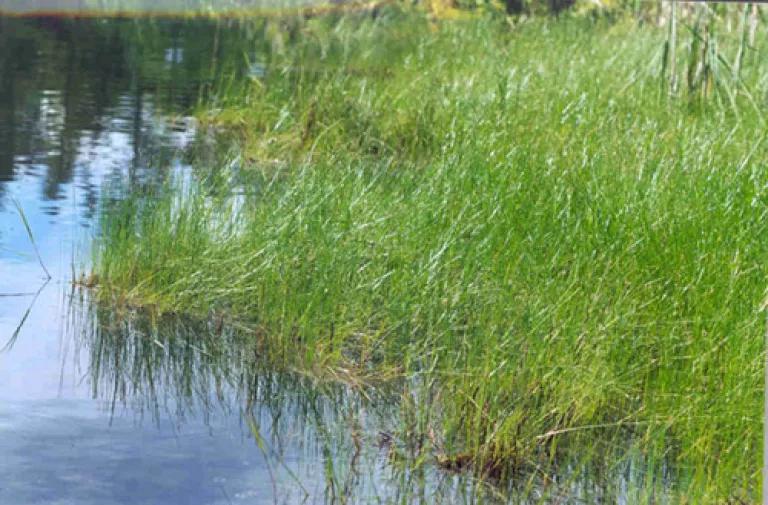As I was explaining what NRDC’s EXPO CHICAGO booth would look like to our daughter, I mentioned that we worked with aritist Gordon Matta-Clark's estate to build a wall out of 2,000 pounds of garbage from the Illinois, Mississippi, Chicago and Ohio Rivers.
She was dumbfounded – she couldn’t figure out why anyone would throw garbage in a river, let alone enough to make a wall.
I’ve been thinking a lot about that conversation as the 40th anniversary of the Clean Water Act approaches tomorrow, Oct. 18. How to explain a time in this country when far more than garbage was regularly dumped into our rivers, lakes and streams?
Our daughter, who turns five in November, takes clean water for granted. The Cuyahoga River catching fire 13 times – 13 times – would sound like a fairy tale.
And it seems to me that’s an important part of the success of the Clean Water Act. Our nation’s waters are demonstrably cleaner today than they were 40 years ago. But what that means to all of our children is they have more opportunities to fish and swim; they have cleaner and more reliable sources of drinking water. They have the opportunity to enjoy natural areas, like Volo Bog in northern Illinois, where they can look for plants like fern fiddleheads or wildlife like muskrats and mink.

Photo courtesy of Illinois Department of Natural Resources
And those same natural areas help filter pollutants and protect our communities from flooding.
Make no mistake – -- much work remains to be done. All of the goals of the Clean Water Act have not been achieved. And it is under continuous attack from lawmakers who want to weaken its provisions.
I still can’t explain why people throw garbage in a river, but I can tell my daughter what’s been accomplished in the last 40 years and what more remains to be done (not that I think she’s going to ask that anytime soon!).




